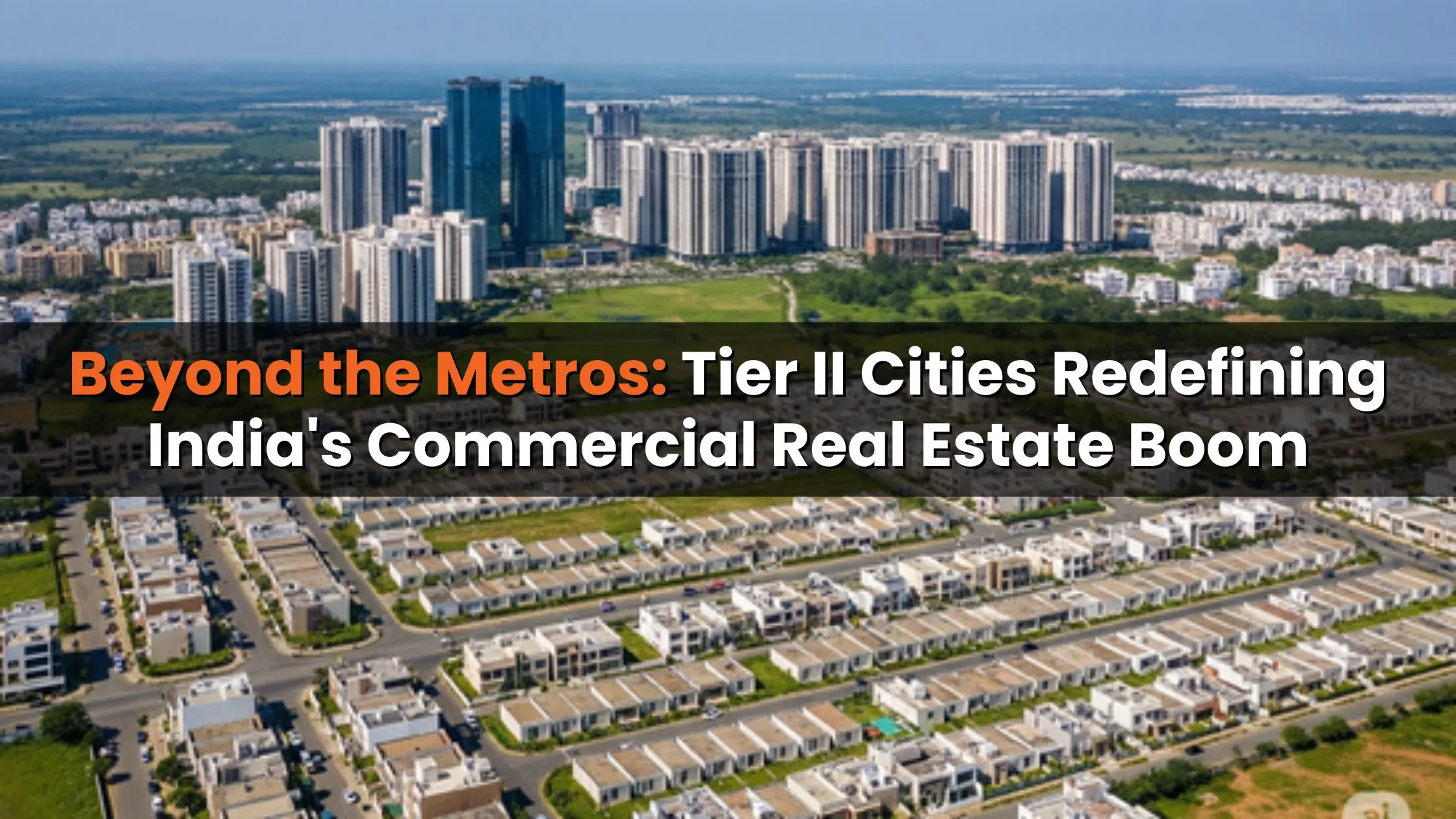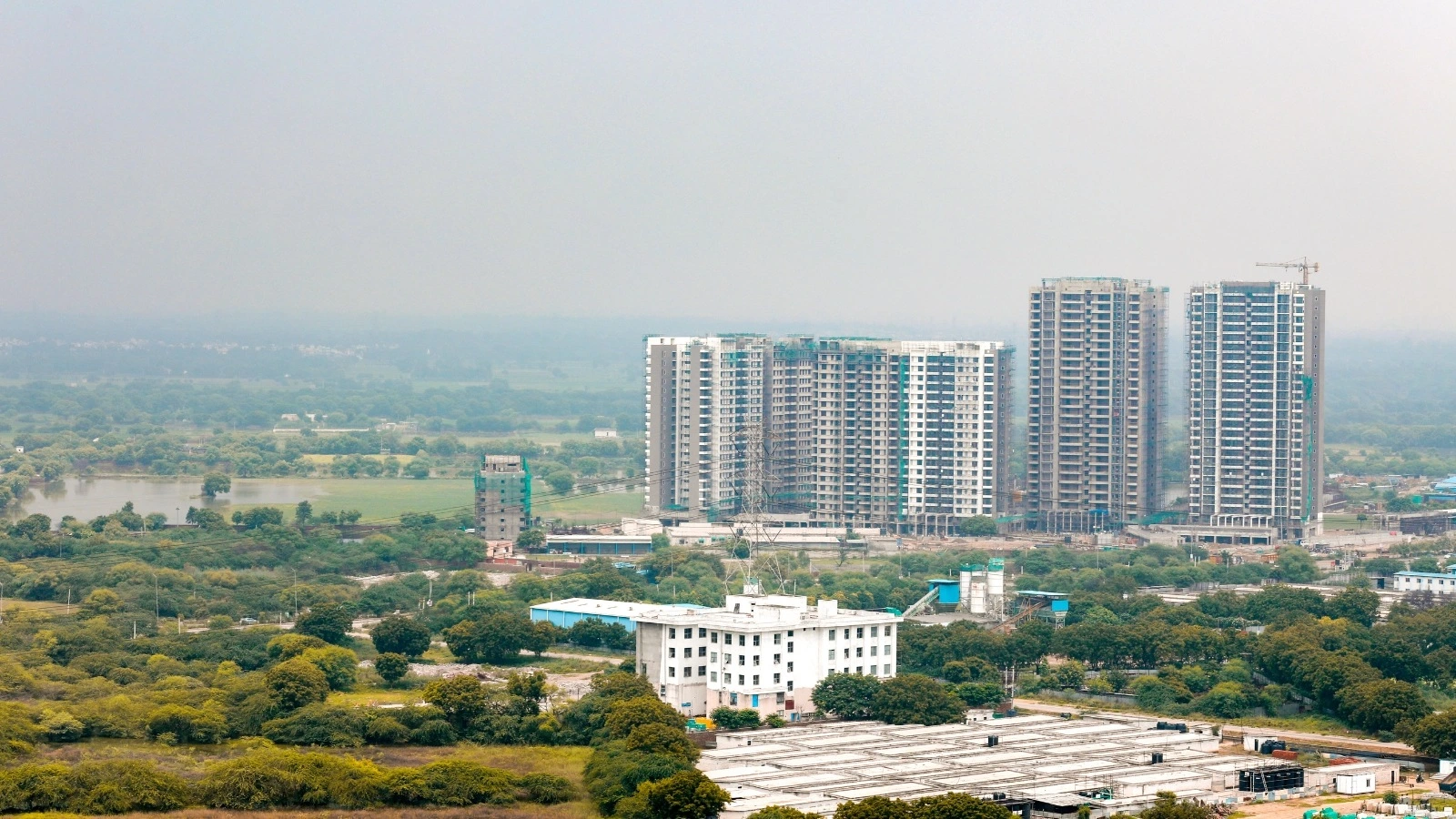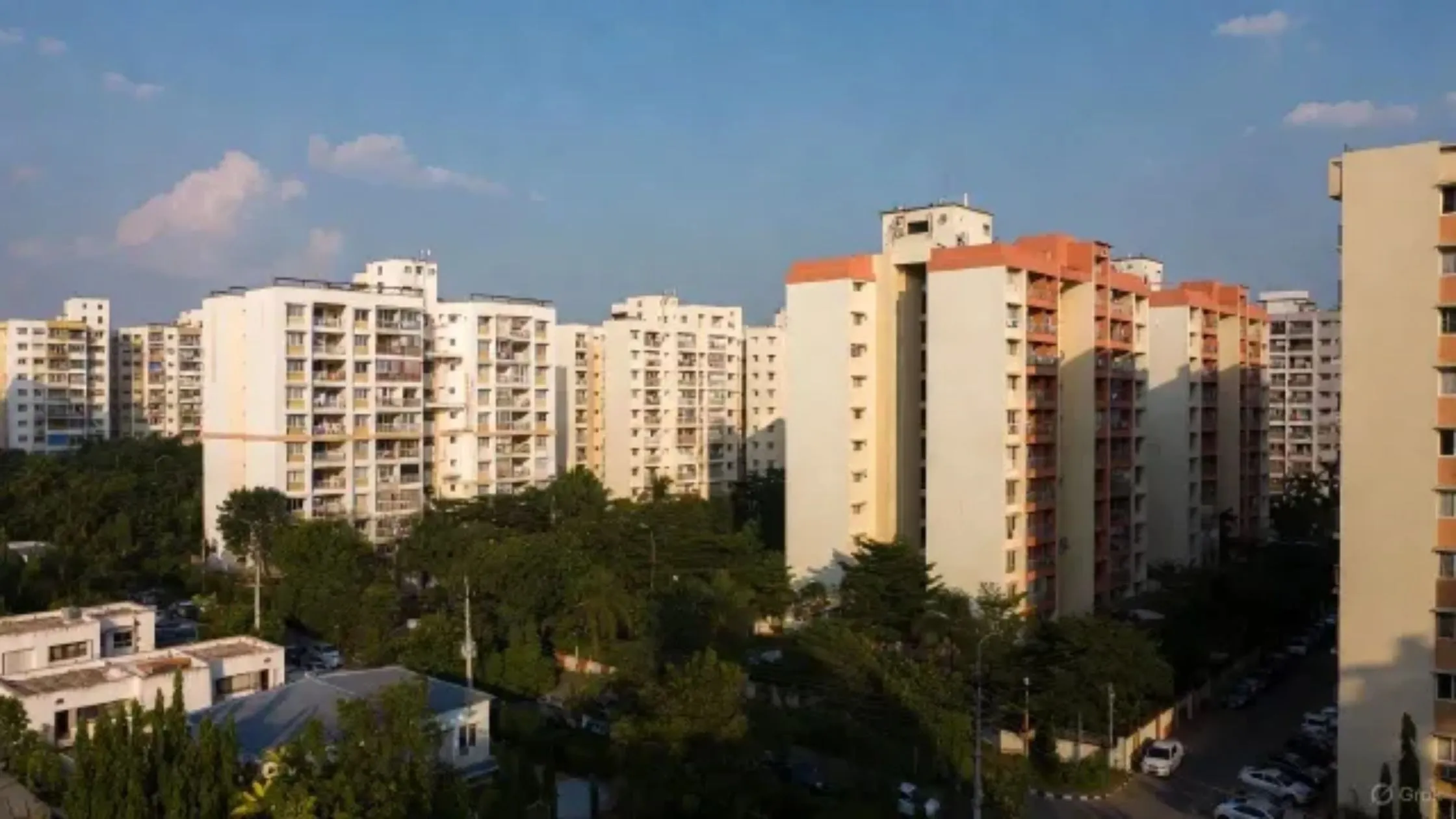Table of Content
India's commercial real estate sector is undergoing rapid change, and Tier II cities are becoming more and more important to startups, flexible workspace providers, and multinational corporations (MNCs). Bengaluru, Mumbai, and Delhi-NCR have traditionally dominated the scene, but current trends are shifting attention to Tier II cities like Coimbatore, Mysuru, Jaipur, and Bhubaneswar.
This trend, which is exemplified by big lease agreements like State Street Corporate Services' 2.1 lakh sq ft contract in Coimbatore, reflects the growing demand for office space in these smaller locations. Among the elements impacting this need are cost effectiveness, the availability of skilled personnel, infrastructure advancements, and hybrid work paradigms.
Let’s delve deeper into why Tier II cities are emerging as commercial real estate hotspots and how this shift is reshaping India’s economic growth.
The Rising Appeal of Tier II Cities for Businesses
1. Cost Efficiency: A Competitive Edge
One of the most compelling reasons companies are flocking to Tier II cities is the significant cost advantage.
- Leasing Costs: Office rents in Tier II and III cities are 30–50% lower than those in metro areas. For example, in Coimbatore’s central business district, rents averaged ₹50–70 per sq ft in 2024, compared to ₹150 per sq ft or more in Bengaluru or Mumbai.
- Operational Costs: Operational expenses, including utilities and employee salaries, are also lower in Tier II cities, boosting profitability.
- Affordable Living: For employees, housing and daily living expenses are 20–30% cheaper compared to metro cities, enhancing the appeal of these cities.
Also Read: Homeownership a Priority for 80% of Indians: Key Trends from Chennai to MMR
2. Availability of Skilled Talent
Tier II cities have evolved as reservoirs of skilled talent, particularly in the technology and IT-enabled services sectors.
- Startup Growth: Over 50% of Indian startups now originate from Tier II and III cities, many focusing on IT and allied industries.
- Hiring Trends: In 2024, Kochi, Coimbatore, and Jaipur led hiring trends, witnessing an annual 11% increase, driven by local talent availability.
3. Hybrid Work Models Driving Hub-and-Spoke Strategies
The pandemic catalyzed the adoption of remote and hybrid work models, which have reshaped workplace dynamics.
- Reverse Migration: Many professionals returned to Tier II cities during the pandemic, valuing safety, affordability, and work-life balance.
- Satellite Offices: Companies are increasingly adopting the hub-and-spoke model, with central offices in metros complemented by satellite offices in Tier II cities.
4. Infrastructure Development and Government Support
Infrastructure upgrades and government initiatives have been instrumental in positioning Tier II cities as commercial hubs.
- Smart Cities Mission: Projects under this initiative have enhanced urban planning, transport, and digital infrastructure.
- IT Parks and Industrial Hubs: Employment hubs like MIHAN in Nagpur, Technopark in Trivandrum, and TIDEL Park in Coimbatore have attracted leading IT companies.
- National Broadband Mission 2.0: This initiative addresses connectivity challenges, crucial for IT-driven industries.
Major Commercial Real Estate Transactions in Tier II Cities
Tier II cities have attracted significant leasing activity in recent years, signaling growing confidence in these markets.
- State Street Corporate Services: Leased 2.1 lakh sq ft in Coimbatore in March 2025 for ₹126.24 crore.
- Bosch Global Software Technologies: Secured 3.25 lakh sq ft in two deals worth ₹98.99 crore (2023–24).
- Infosys: Leased 2.56 lakh sq ft in two transactions for ₹79.8 crore.
- Other Transactions:
- Cameron Manufacturing India: 98,726 sq ft for ₹35.66 crore.
- Accenture: 90,008 sq ft in two deals totaling ₹27 crore.
- Amazon Development Centre: 51,000 sq ft for ₹9.18 crore.
The Rise of Flexible Workspaces
Flexible workspaces are playing a pivotal role in the commercial real estate boom of Tier II cities.
- Demand Surge: A MyBranch-Qdesq report noted a 12% annual growth in demand for flexible workspaces in Tier II and III cities as of 2024.
- Supply Growth: The supply of flexible office spaces grew fourfold between 2020 and 2024, reflecting the growing need for cost-effective and adaptable solutions.
Challenges Hindering Tier II Cities Potential
Despite their promise, Tier II cities face challenges that must be addressed to unlock their full potential:
- Restricted Grade A Office Spaces: There are still few high-quality office spaces available, which could delay major expenditures.
- Infrastructure Gaps: Businesses may be put off by delays in the utilities, transportation, and healthcare systems.
- Digital Connectivity: IT and tech companies face difficulties due to slow or erratic internet speeds.
- Developer Consistency: To foster confidence, real estate developers must uphold quality and guarantee on-time project delivery.
Also Read: Bengaluru's Priciest Penthouse Sold: A ₹54 Crore Real Estate Milestone
The Future of Commercial Real Estate in Tier II Cities
The emergence of Tier II cities as commercial hubs is a testament to their growing importance in India’s economic framework.
- Long-Term Growth: With urbanization, infrastructure upgrades, and government support, Tier II cities are set to complement established metro markets.
- Investment Potential: Businesses that invest early in these cities stand to benefit from lower costs and the opportunity to shape emerging markets.
- Economic Ripple Effect: The growth of commercial real estate in Tier II cities will create ancillary benefits, including job creation and the development of local economies.
Conclusion
Tier II cities are more than just alternatives to major cities; they are crucial to India's impending economic development. Due to their unparalleled expertise, affordability, and connectivity, these cities are attracting businesses from a wide range of industries. As companies and employees learn more about the advantages of Tier II markets, it is undeniable that these markets are significantly altering the commercial real estate landscape in India.
By addressing present problems and leveraging their advantages, Tier II cities are poised to become the foundation of India's commercial real estate future. Companies, investors, and lawmakers should keep a careful eye on these rising stars.
Follow AquireAcers Whatsapp Channel to Stay Updated With The Latest Real Estate News








Ans 1. They offer cost-effective solutions, skilled talent pools, improved infrastructure, and are aligned with hybrid work models like the hub-and-spoke strategy.
Ans 2. Cities like Coimbatore, Mysuru, Jaipur, Kochi, Bhubaneswar, and Nagpur are leading the way.
Ans 3. Office rents in Tier II cities are 30–50% lower than in metros. For instance, Coimbatore’s rents average ₹50–70 per sq ft compared to ₹150 or more in Bengaluru or Mumbai.
Ans 4. Over 50% of Indian startups now originate from Tier II and III cities, and these cities also report significant annual hiring growth, driven by local talent in tech and IT-enabled sectors.
Ans 5. Hybrid work and reverse migration during the pandemic have made Tier II cities attractive for satellite offices, reducing operational costs and enhancing employee satisfaction.
Ans 6. Programs like the Smart Cities Mission, National Broadband Mission 2.0, and the development of IT parks (e.g., TIDEL Park in Coimbatore) are enhancing infrastructure and connectivity.
Ans 7. State Street Corporate Services: 2.1 lakh sq ft in Coimbatore for ₹126.24 crore. Bosch Global Software Technologies: 3.25 lakh sq ft across two deals worth ₹98.99 crore. Infosys: 2.56 lakh sq ft in two transactions for ₹79.8 crore.
Ans 8. Flexible office spaces have grown fourfold between 2020 and 2024, with a 12% annual increase in demand in Tier II and III cities, catering to startups and cost-conscious businesses.